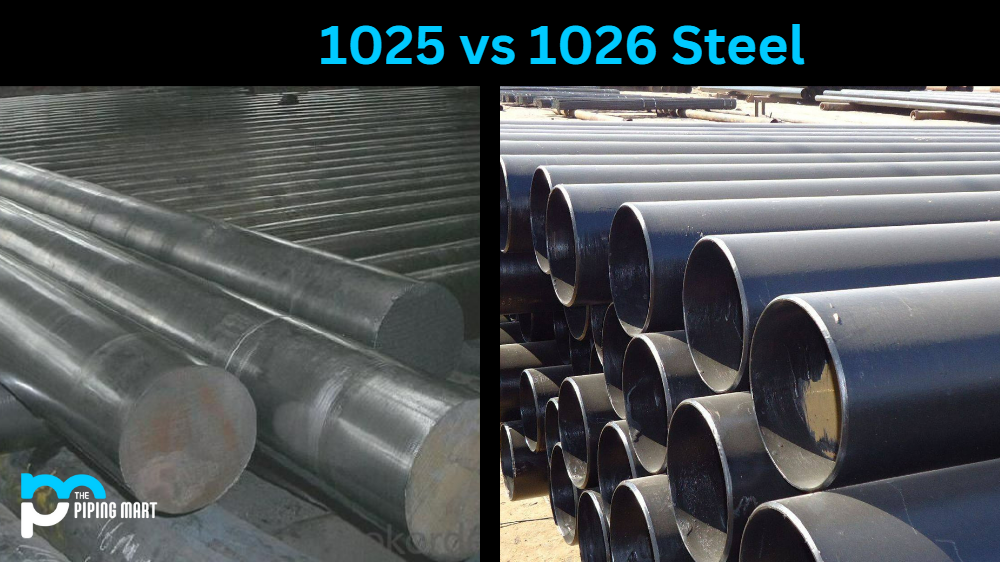Machining super duplex stainless steel requires a different approach than traditional machining due to its unique alloy structure. To ensure that it is machined correctly, it is important to understand duplex stainless steel’s pickling and passivation process. In this blog post, we’ll go over pickling and passivation, why they’re important for machining super duplex stainless steel, and how they can help you get the most out of your machining projects.
What Is Pickling?
Pickling is a chemical cleaning process in which metal surfaces are treated with acid to remove contaminants such as rust, scale, or other surface irregularities. It is often used after welding or fabrication to ensure that the surface is free of impurities before further processing. This helps create a clean workpiece that can be more accurately machined.
When pickling super duplex stainless steel, it’s important to use an appropriate acid solution in order to avoid damaging the alloy structure. Common acids used for this purpose include hydrochloric acid (HCl), sulfuric acid (H2SO4), nitric acid (HNO3), and phosphoric acid (H3PO4). The concentration of the acid solution should be carefully controlled in order to maximize its effectiveness while minimizing any undesirable effects on the material surface or adjacent components.
What Is Passivation?
Passivation is a chemical process that helps protect metal surfaces from corrosion. It involves treating the surface with an acidic solution containing chromates or nitrates in order to form a thin protective layer on top of the metal surface. This layer helps prevent oxidation and other forms of corrosion, ensuring that parts made from super duplex stainless steel last longer and perform better over time. The type of passivating solution used will vary depending on the alloy composition as well as environmental factors such as temperature and humidity levels.
Conclusion:
Pickling and passivation are important steps for successful machining projects involving super duplex stainless steel. Taking these steps before machining can help ensure that your parts are free from contaminants or defects that could negatively impact performance or longevity. Additionally, proper passivation will help protect your parts against corrosion over time so they can continue performing at their best even after being exposed to challenging environments. For those looking to get the most out of their machining projects involving super duplex stainless steel, understanding pickling and passivation is essential!
Sakshee is a talented blogger, with a particular focus on the Business and Metal Industry. She is passionate about sharing her insights on various metal products and helping professionals to make a better decisions.




